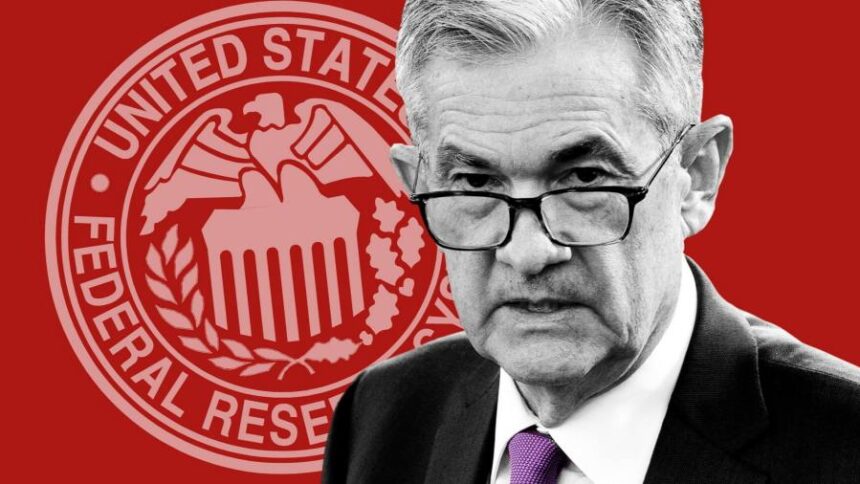Receive free Markets updates
We’ll send you a myFT Daily Digest email rounding up the latest Markets news every morning.
Monetary policy deliberations dominated markets on Thursday with the yen leaping on reports the Bank of Japan will discuss policy changes on Friday while punchy US growth figures pushed Treasury yields to two-week highs.
Earlier on Thursday the European Central Bank raised its benchmark interest rates by a quarter-point to 3.75 per cent for its ninth consecutive increase in the space of one year.
It was, however, the yen’s move that drew attention in the New York afternoon after Japan’s Nikkei newspaper reported that while the BoJ was expected to continue its yield curve control by capping the yield on 10-year government bonds at 0.5 per cent, it may allow long-term interest rates to rise above that by a certain amount.
“This potential has been bandied about in recent weeks. But Governor [Kazuo] Ueda suggested in his Sintra remarks that no changes to YCC would occur [at] this meeting,” wrote analysts at ActionEconomics, referring to a symposium hosted by the ECB in Sintra, Portugal last month.
The BoJ concludes a two-day meeting on Friday. The yen’s gains pushed the dollar sharply lower, down ¥2, to ¥139. The euro slipped by a similar amount.
The Nikkei story was also enough to extend a sell-off in US Treasuries that followed data showing the US economy grew more than anticipated in the second quarter. Yields on two- and 10-year government debt rose 0.1 percentage points and 0.15 percentage points respectively.

“While we won’t question the reaction to the new information, the outright level of rates is now high enough that we expect buyers will begin to emerge,” said strategist Ian Lyngen at BMO Capital Markets.
The bond market selling damped an early upbeat tone on Wall Street leaving the S&P 500 and Nasdaq Composite each about 0.6 per cent lower and dashing hopes the Dow Jones Industrial Average would match a 14-day winning streak for only the second time in its 127-year history.
“As a market measure, it’s a relic,” said Steve Sosnick, chief strategist at Interactive Brokers, who gave the Dow some value for market historians as the only gauge to go back into the 19th century. “But even a 13-day winning streak is quite something, be that for a market measure or a baseball team.”
The last time the Dow managed a 13-day streak, until this year, was in January 1987.
Earlier on Thursday, Europe’s Stoxx 600 rose 1.3 per cent, closing at its highest level since Russia invaded Ukraine in February 2022, while France’s CAC 40 gained 2.1 per cent and Germany’s Dax advanced 1.7 per cent.
The ECB’s decision was widely expected, although policymakers did not rule out the possibility of rates rising further in September.
Claus Vistesen, chief eurozone economist at Pantheon Macroeconomics, said: “Last month, Lagarde all but pre-committed to today’s hike. We are confident that she won’t do the same for September today, but we think she will keep her cards close to the body.”
Friday’s BoJ meeting will cap a week of central bank drama that kicked off with the Federal Reserve’s decision on Wednesday to raise rates by a quarter-point for a “target range” between 5.25 per cent to 5.5 per cent. The US central bank’s chair, Jay Powell, refrained from issuing clear forward guidance after Wednesday’s policy decision announcement, noting that the Fed’s rate path could be swayed by inflation and jobs reports expected before the next policy meeting.
“This rate hike should mark the last in this cycle,” said Kerry Craig, global market strategist at JPMorgan Asset Management. “[But] unless the economic outlook deteriorates sharply, any view on rate cuts should be firmly pushed into 2024.”
Markets were mixed in Asia, where Hong Kong’s benchmark Hang Seng index rose 1.4 per cent, while the CSI 300 index of Shanghai- and Shenzhen-listed stocks slipped 0.1 per cent.








